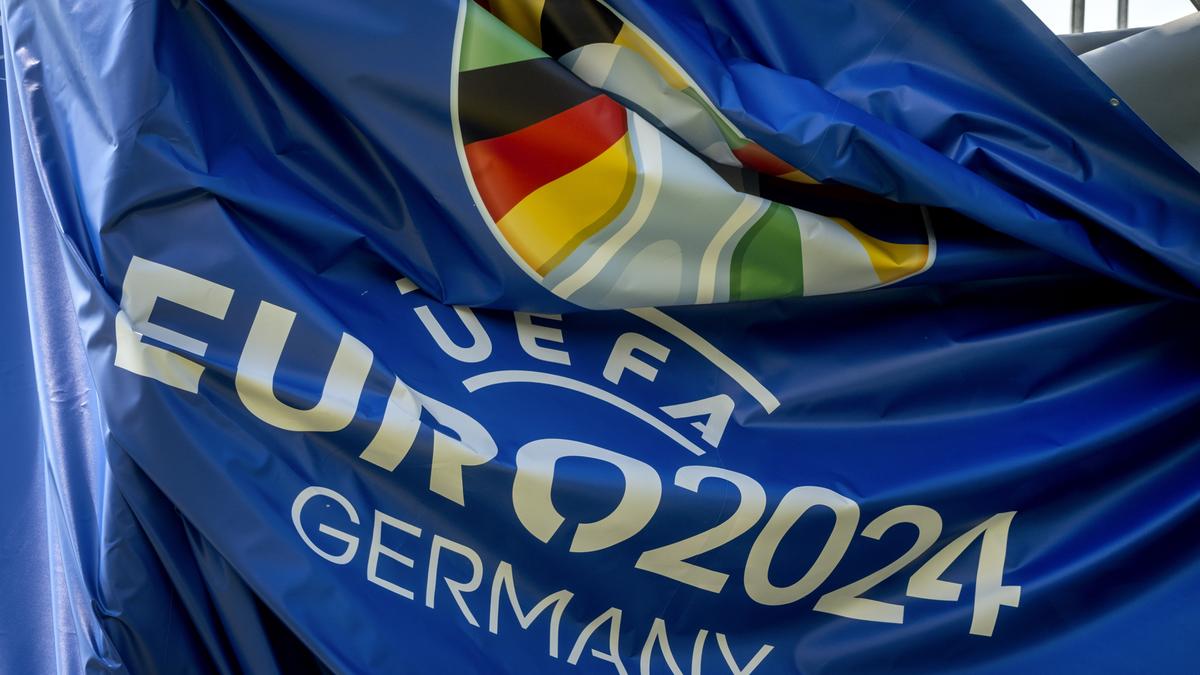The 17th edition of the European Championship will kick off on June 15 in Germany with several changes and additions introduced by UEFA in this edition of the tournament.
Here are all the major changes in the refereeing rules and new technology added in Euro 2024:
No more long stoppage time!
Unlike the last FIFA World Cup or Premier League season, there won’t be long stoppage times given in this Euros and hence ‘100 minute’ matches are highly unlikely.
The referee won’t add the time wasted during celebrations and substitutions in the stoppage time and will instead focus on resuming the games quicker.
Only captains can speak to the referees
After a decision is made by the referee, only the captain of either team may approach and speak with the match official. If any other player comes to talk or argue with the ref, he may be given a yellow card.
If the captain is a goalkeeper, then a pre-decided outfield player may approach the referee instead.
Semi-automated VAR technology
VAR will be semi automated offside technology (SAOT) this time and the match officials will automatically notified if their is an offside decision.
Even the famous horizontal lines will be drawn by the technology already and the match officials don’t need to so manually.
SAOT will be supported by 10 specialised cameras in Euro 2024 stadiums, including 29 body points tracked for every player. This will significantly reduce the time taken to make VAR decisions.
Additionally, even the number of VAR officials have been reduced significantly to avoid confusion.
Stadiums to show detailed explanation of VAR decisions
After ever decision, match officials will have to give a detailed explanation of the decision made to the fans in the stadium and the ones watching home.
This is to improve the transparency between VAR officials and fans across the world to avoid controversy.
‘Snicko’ technology
Just like the snickometer visuals showing in cricket, fans will be show the precise moment when a ball is touched.
“Connected ball” technology will add a motion-sensing microchip in the adidas match balls which can track every touch at a rate of 500 times a second.
It is sensitive enough to determine whether the ball brushed a hand en route to goal or whether a player strayed beyond the last defender at the precise moment it was kicked hence helping in hand ball and offside offenses.












